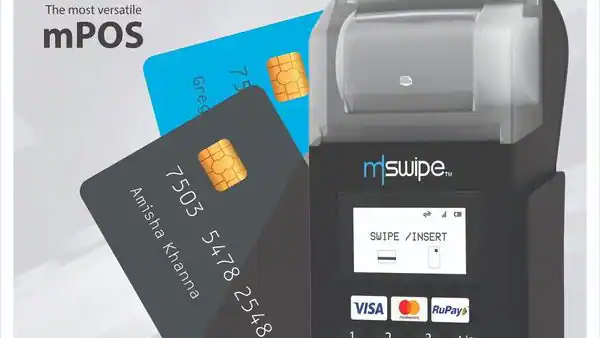The credit card swipe machine offers many benefits for both the customer and the merchant. It increases sales by offering customers a range of payment options besides cash.
Hospitality is a sector that prioritises providing a great experience that fosters return customers. Retailers could learn a lot from this approach.
Retail
Having a card swipe machine in a retail store can boost sales by providing customers with more payment options. Many people prefer to pay using credit or debit cards because it is more convenient than carrying around a lot of cash. It can also make the checkout process much smoother for everyone involved. Moreover, credit card transactions are typically processed faster than cash payments. This means that you can serve more customers in less time and reduce queues and waiting times.
Card swipe machines can be integrated into a point of sale (POS) system or used as a standalone device. They can accept a range of non-cash payment methods such as debit and credit cards, contactless NFC devices, mobile wallets, and even QR codes. Some card swipe devices also come with keypads for entering PIN codes. They can be attached to a countertop or mounted on a stand. There are also mobile swipe machines that can be paired with your smartphone or tablet and allow you to make payments on-the-go.
One popular choice is the Square Reader, which is a swipe machine that connects to your phone or tablet via Bluetooth and allows you to easily accept tap, dip, or swipe payments. This all-in-one payment processing machine supports EMV, Apple Pay, Google Pay, and magnetic stripe cards. It’s perfect for a variety of businesses such as food trucks and street vendors, service providers, and small or medium-sized retailers with pop-up shops.
Restaurants
As people increasingly go cashless, restaurants can no longer ignore the power of POS systems. Whether it’s a standalone POS machine or a restaurant POS system, these machines are crucial to managing a restaurant’s operations.
POS machines are designed to read the transactional data from a credit or debit card. The machine then transmits that information to the payment processor, which verifies it with the bank to ensure that there are enough funds for the transaction and that the card isn’t reported as lost or stolen.
Most POS systems also offer additional features like analytics and reporting tools. These can help restaurateurs track key performance indicators, such as top-selling items or the number of returns, and make data-driven decisions to support business growth.
For instance, Lightspeed’s POS system provides the tools for a fast and secure restaurant experience. It can help you track and collect payments from all sources, including popular food ordering apps like UberEats or DoorDash, and it integrates with other POS services to keep everything organized in one place. Its POS system also includes an EMV chip reader for secure transactions and an NFC reader to process contactless mobile payments, such as Apple Pay or Samsung Pay. In addition, it offers a variety of pricing options to suit any budget.
Bars
As fewer people carry cash, it’s essential that your business is able to offer card payments. This will enable customers to purchase more items at your store, and can increase sales and customer loyalty. With a swipe machine, customers can simply swipe their credit or debit card across the reader to complete the transaction. This saves time, and it also helps reduce security risks for both your employees and your customers.
When a customer’s card is swiped, the information on their card is transmitted via a secure network to your payment processor. The processor then checks with the card issuer to ensure that the card is valid and has enough funds. This prevents fraud and minimizes the risk of a chargeback by your customer, helping you to protect your business from financial losses.
A swipe machine can make it easier for bartenders to serve customers quickly. This is especially important for bars that are busy, and it can also help to streamline closing out times. For example, if a customer wants to start a tab, the bartender can simply ask them to swipe their card once before completing the sale. This will prevent the bartender from having to manually add each item that the customer orders, which can delay closing out the tab and the end of the night.
Hotels
As hotel guest expectations evolve and shift, a thoughtful retail strategy can help drive the overall perceived value of a hotel — and offer a welcomed additional revenue stream. This model is becoming increasingly important for hotels to maintain competitive advantage and appeal to new generations of travellers.
Integrated payment solutions are one example of how hospitality can learn from retail. These solutions eliminate the need for clunky hardware and allow guests to make payments with the click of a button, using card details that are securely stored within the property management system. This not only eliminates the need to swipe cards, but it also frees staff members up for other responsibilities and reduces the possibility of human error.
Another way hotels are embracing retail concepts is by connecting to global distribution systems (GDS) that give them a platform to display their services and products to travel agents across the world. This gives hotels greater reach and the ability to offer bundled packages with airlines, car rentals, etc.
In this changing business landscape, it’s no longer about being first to market or offering the best product – it’s about providing the best experience for your customers. By incorporating retail and hospitality concepts, brands are able to deliver the personalization that consumers have come to expect. This is helping to blur the lines between retail and hospitality and drive industry change.
